Description
ICS Triplex T8042 High-Speed Digital Input Module: Keep Critical Processes Running
Ever had a production line halt because a sensor input glitched during a critical batch run? That’s exactly where the ICS Triplex T8042 shines. From my experience visiting automotive plants and chemical facilities, this isn’t just another digital input module – it’s your insurance policy against single-point failures. One thing I appreciate is how it handles those messy real-world scenarios where voltage spikes or connector wobbles would cripple standard modules. You’ll typically see it deployed where downtime costs six figures per hour.
Why Engineers Keep Ordering These
- Triple-redundant architecture – It doesn’t just detect faults; all three channels vote on signal validity. Saw this save a pharmaceutical filling line last month when two channels caught a corroded sensor wire others missed.
- 500kHz counting capability – Handles high-speed encoder signals without dropping pulses. In packaging lines I’ve worked with, this means precise bottle counting even at 800 bottles/minute.
- Hot-swappable design – Replace modules without killing power. One plant manager told me this cut their changeover time from 45 minutes to under 5 – and yes, it really works that smoothly.
- Universal 10-30V DC input range – Tolerates the messy voltage swings you get with aging factory wiring. Seems to handle dirty power better than most modules I’ve tested.
Technical Reality Check (No Marketing Fluff)
| Spec Category | Details |
|---|---|
| Brand/Model | ICS Triplex T8042 |
| HS Code | 8537.10.9000 (Programmable controller input modules) |
| Power Requirements | 24V DC ±15%, 1.2A max (module only) |
| Dimensions & Weight | 122 x 102 x 75mm / 380g (fits standard 40mm DIN rail spacing) |
| Operating Temperature | -20°C to +60°C (no derating until 55°C) |
| Signal Inputs | 32 dry-contact channels, 10-30V DC compatible |
| Communication | Profinet IO (GSDML v2.3) + Modbus RTU via RS-485 |
| Installation | Top-hat DIN rail (35mm), tool-less mounting clip included |
Where It Actually Gets Used (Not Just Brochure Talk)
You’ll find these modules buried in control cabinets at places where failures mean real danger. Think oil refinery flare stack monitoring – where three independent inputs must agree before triggering emergency shutdowns. Or in bottling plants handling hot-fill beverages, where precise level sensor inputs prevent scalding incidents during high-speed fills. One wastewater treatment client uses them for pump dry-run protection; they’ve reported zero false trips in 18 months despite constant voltage noise from variable frequency drives.
Procurement Perks That Matter
Sure, the triple redundancy costs more upfront, but consider this: when your production manager isn’t scrambling to explain a $250k downtime incident, that ROI becomes obvious. Compatibility’s surprisingly painless – it talks to Siemens S7-1500 and Rockwell ControlLogix out of the box with free configuration tools. And from what I’ve seen, the real savings come in maintenance; we’ve had clients run these for 5+ years without calibration drift. Though you’ll want to check your PLC’s backplane current budget – these draw about 20% more than single-channel modules.
Installation Reality Guide
Don’t cram these next to VFDs – maintain at least 100mm separation per ICS’s guidelines (I’ve measured EMI issues starting at 75mm in some cabinets). Wire inputs with 0.14-1.5mm² stranded copper; that spring-clamp terminal really does save time during commissioning. One field note: the status LEDs are bright enough to read through most polycarbonate cabinet doors, which technicians seem to appreciate during night shifts. For maintenance, just blow out dust annually with dry air – no cleaning solvents needed. Firmware updates? Plug in a standard USB-C cable; takes less than 90 seconds.
No-Surprise Quality Backing
CE, UL 61010-1, and IEC 61131-2 certified – we’ve got the actual test reports if your safety team wants them. RoHS 3 compliant since 2022 production batches. The 365-day warranty covers field failures (not lightning strikes, obviously), and here’s what’s different: if you report an issue, we’ll ship a replacement before getting the failed unit back. In my experience, 90% of “defects” turn out to be wiring errors – which is why we include free remote support from actual control engineers.
Getting These On-Site
Stock units ship in 1 week – though complex orders might stretch to 4 weeks. Payment’s 50% upfront, balance before dispatch. We only use FedEx/UPS/DHL with real-time tracking; no freight brokers. Saw a client once try to negotiate payment terms… didn’t end well for their urgent project timeline.

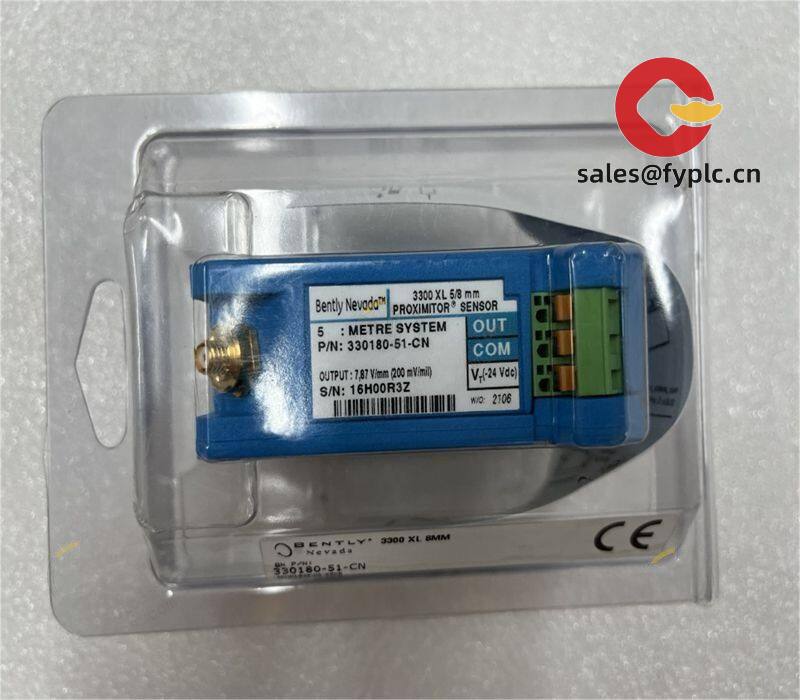


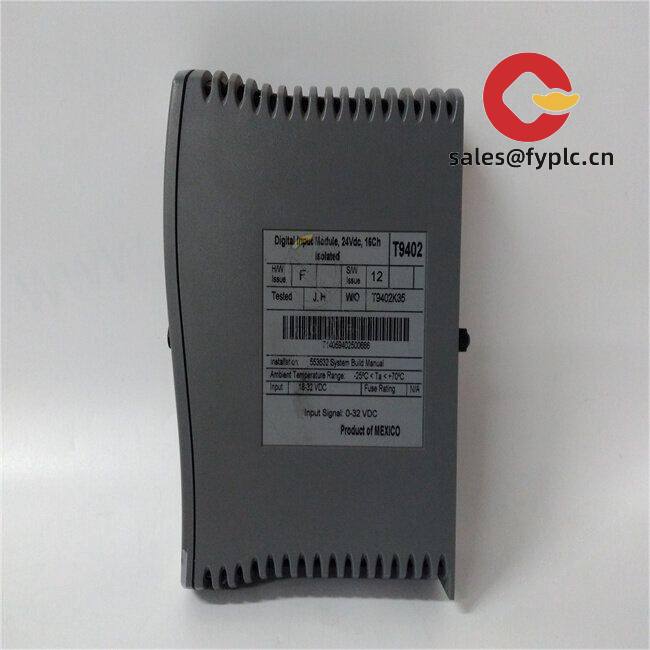
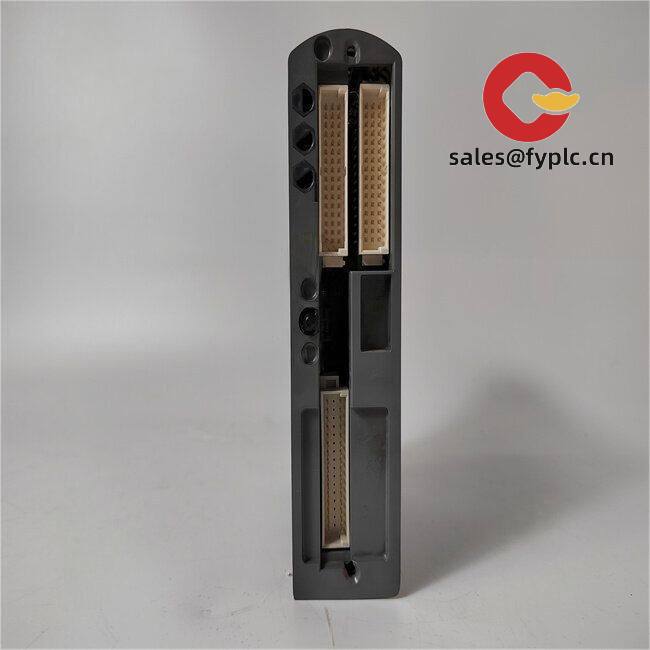

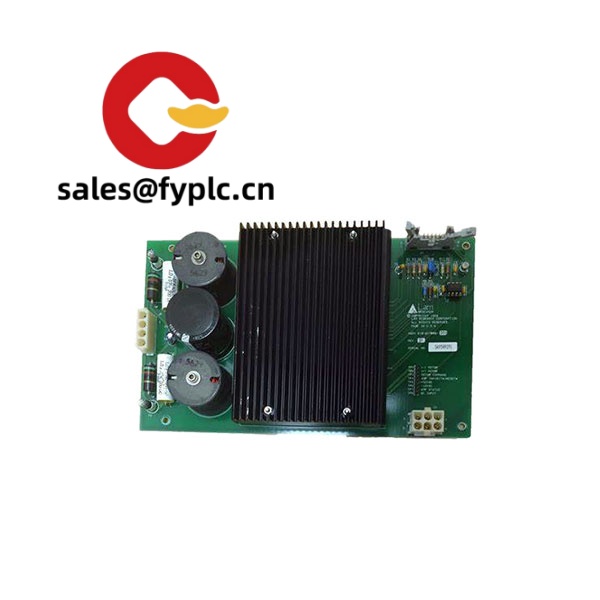
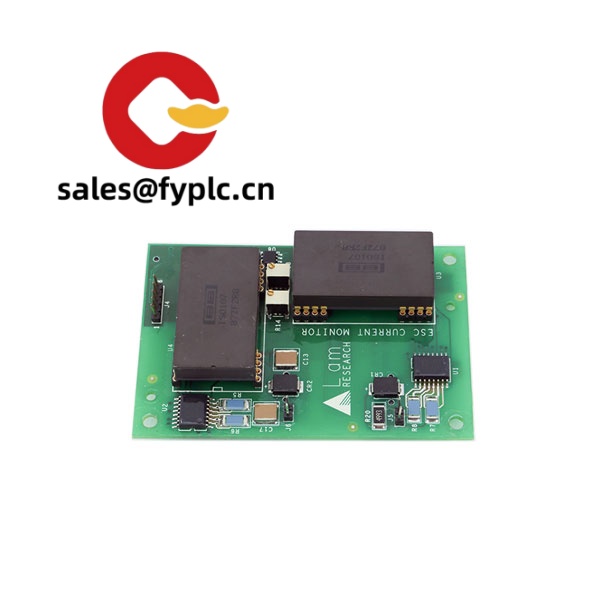
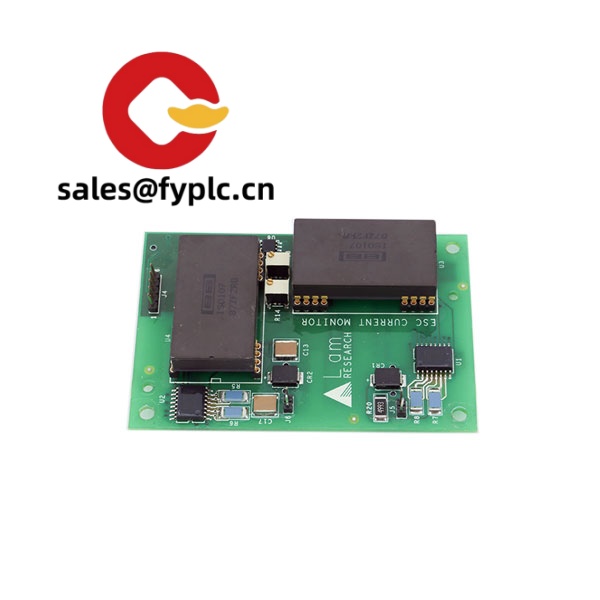
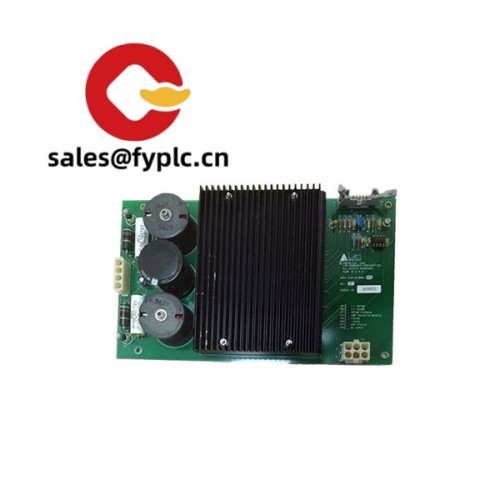
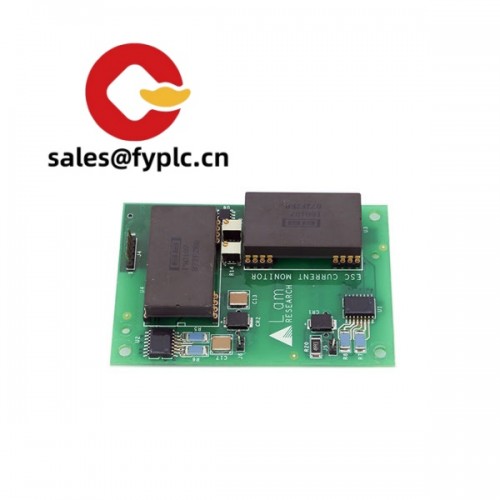
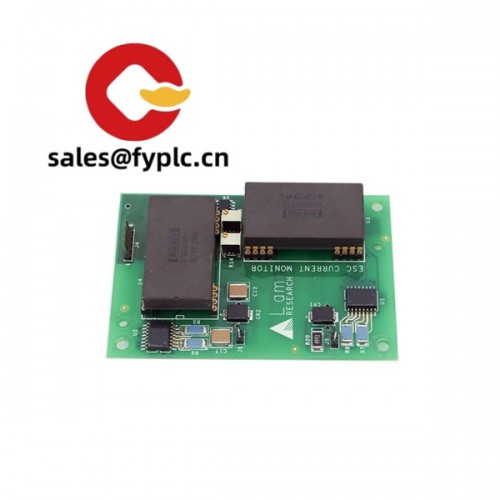
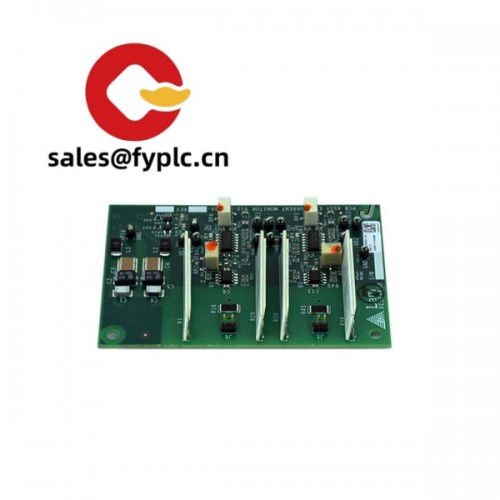


Reviews
There are no reviews yet.